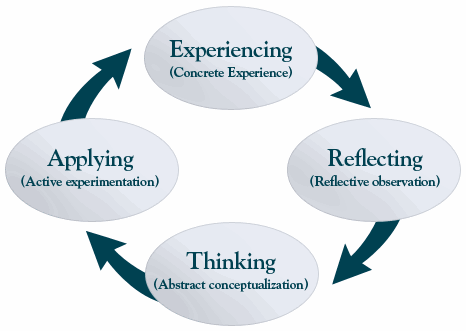Updated 11th July 2023
Communication is complicated. Perhaps because we do it so easily and often, we generally do not appreciate just how complicated a process communication is. Without even considering the non-verbal elements of communication, just speaking on its own requires the speaker to perform two cognitively demanding tasks simultaneously: conceptualizing the information to be conveyed, while also formulating a verbal message that is capable of conveying it. The number and complexity of the factors that must be taken into account is dauntingly large (Levelt, 1989).
The level of awareness we need to have to be clear communicators is not something we talk about in everyday life. We take it for granted. The first time many people really start thinking about the complexities in communication is if they attend counselling, or a personal development course or a staff training on communication in the workplace or customer service. People generally leave these courses or events with very little change having taken place in the level of positive and worthwhile communication in the workplace and beyond.
Consider this: The meaning of even the most banal utterance is grounded in a set of fixed assumptions about what the communicators know, believe, feel and think. People experience the world from different vantage points, and each individual’s experience is unique to the particular vantage points he or she occupies. The vantage point all depends on so many factors including, background, experience, knowledge, education, gender to name only a few! To accommodate conflict or variation in perspective, communicators must take each other’s perspectives into account when they speak. As the social psychologist Roger Brown put it, effective communication “… requires that the point of view of the auditor be realistically imagined” (Brown, 1965).
However, the content of another person’s point of view is not always obvious. In his classic studies of childhood egocentrism, the Swiss developmental psychologist, Jean Piaget, demonstrated that the ability to take on another person’s perspectives represents a major milestone in the child’s intellectual development. Young children are unable to detach themselves from their own point of view, and, in effect, seem to assume that the world appears to others as it does to them (Piaget &Inhelder, 1956). This reduces their effectiveness as communicators (Krauss & Glucksberg, 1977). Although adults do better, they are far from perfect, and like children their judgments of others’ perspectives tend to be biased by their own points of view. Under time pressure or when preoccupied, adults are likely to formulate messages that neglect their addressees’ perspectives (Keysar, Barr & Horton, 1998). Moreover, adults perspective-taking efforts display an egocentric bias similar to that found in children.
Furthermore, we rarely are given the opportunity to be told or to receive feedback graciously regarding how our communication is effecting others around us. People may get irritated with us, but even then they are unclear half the time what it is you did that rubbed them up the wrong way. How often do employees wane in their productivity because of lack of comprehension of the task at hand, often because the communicator (their colleague or team lead) has failed to take their perspective. How often do clients and customers just walk away because you didn’t take their perspective on board? Most of the time they won’t tell you either. In fact, they just won’t come back.
Did you know that any conversational speech is produced at a rate of about 2.5 words per second, often in noisy environments and with less than-perfect articulation. Production and comprehension could pose formidable problems for two individuals. Yet participants typically come away from conversations believing they have communicated successfully, and objective evidence probably would indicate that they have. But as stated already it is not this simple, and other people rarely provide us with useful feedback to let us know what we did wrong and what we might do better next time!
Communications skills training is perhaps the most important thing an organisation must consider if it wants its people and its customers to avoid many mistakes that are made in seemingly simple interactions. Getting communication in the workplace correct is inherently difficult as we are not taught elsewhere to be aware of the intricacies of communication and do not appreciate how complicated a process it actually is.
If you would like to have the people in your organisation become more aware of how their communication style is serving or not serving them, contact us and we can discuss how we can help you.


